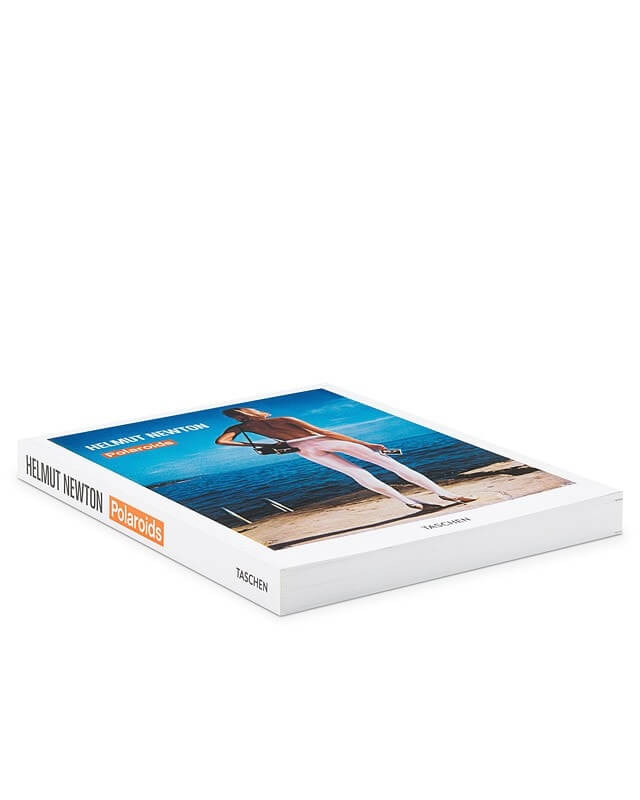


Exhibit, sell, buy, create and discover incredible creativity in painting, illustration, design, sculpture, drawing, photography, 3d, fashion and more.Читательская аудитория: General (us: trade)

The comments, the haziness of the images and the signs of use are naturally also to be found on the enlargements of the Polaroids included in the exhibition they testify to a pragmatic approach to the original work materials, which have now possess an own inherent value. Newton’s additional notes, written on the edges of the Polaroids, are fascinating as well as revealing with regard to the model, client or location and date.

In response to the accusation that the images in the book were not perfect enough, he countered: “But that was exactly what was exciting – the spontaneity, the speed.” According to the photographer, the publication lay particularly close to his heart, although it was discussed amidst great controversy. In 1992 Newton published 'Pola Woman', an unconventional book consisting only of his Polaroids. In this context, the Polaroid acted as an idea sketch in addition to testing the actual lighting situation and image composition. As he once described in an interview, this satisfied his impatient urge to want to know immediately how a certain situation would look as a photograph. Helmut Newton used the technology intensively starting in the 1970s, especially for his fashion photo shoots. In nearly all photographic areas – from landscape and genre, portrait and self-portrait, fashion and nudes – this unique imaging process has found enthusiastic devotees all over the world. This was already the case early on, following the creation and presentation of the instant photograph at the Optical Society of America in 1947 by its inventor, Edwin Land – and especially after he presented in 1972 the legendary SX-70 System, a collapsible, simple and affordable camera.


 0 kommentar(er)
0 kommentar(er)
